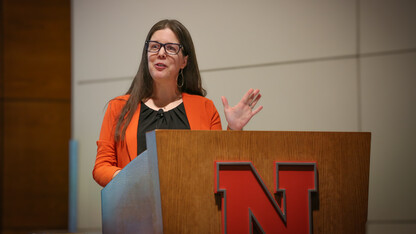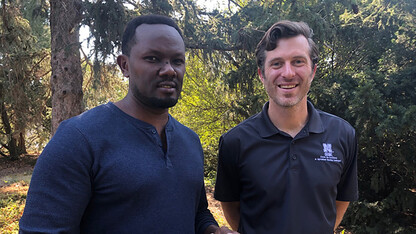
Droughts aren’t just a natural phenomenon. Humans’ land and water use patterns affect how dry spells play out, according to a recent study co-authored by a University of Nebraska-Lincoln climatologist and other international experts.
“This is important because how we understand the problem drives what we do about it,” said Mark Svoboda, climatologist at the National Drought Mitigation Center based UNL. Svoboda is a co-author of the research, which appeared in Nature Geoscience.
“We produce drought-monitoring maps, but that’s the easy part,” Svoboda said. “The harder question is, now that you know how dry it is, what are you going to do about it?”
The newly published article acknowledges that climate is no longer the only driver of the hydrologic cycle, in which water comes down as rain or snow, and goes up as evaporation. Irrigating crops and lawns, land use and urban sprawl, and storing water behind dams or piping it hundreds of miles are just some of the ways that human activities speed up, slow down or alter the course of water’s flow.
The article calls for research into how natural events, such as lack of rain, affect human systems, and how human systems affect natural events.
This type of research is challenging, Svoboda said, because traditional academic and professional disciplines tend to focus either on physical systems or on social systems, but not both. The team of scientists from Europe, North America and Australia who authored the study also suggests that the definition of drought be broadened to include human-induced drought and human-modified drought.
Though drought monitoring maps are some of its best-known products, the National Drought Mitigation Center was established in 1995 to help convey the idea that people can and should take action ahead of time to reduce their exposure to drought. The center has collaborated and consulted with scientists and policy makers around the world and across the United States to implement drought monitoring and reduce vulnerability to drought.








